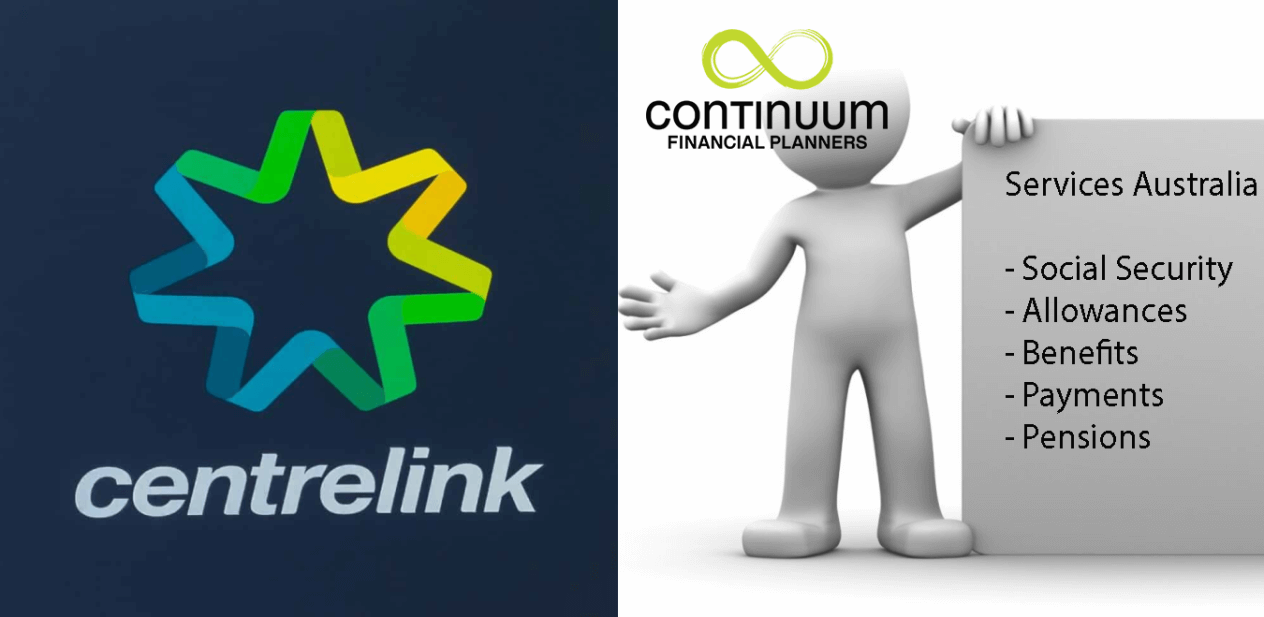What are the income and assets tests for Centrelink benefits?
Centrelink uses the income and assets tests to determine –
- an applicants entitlement to, and
- the level of pension, benefit or allowance,
under the government’s welfare regulations and legislation.
Both tests apply in most claims circumstances. Applicants are paid according to test yielding the the least benefit. Accordingly, if the income test results in a lesser benefit, the income test result applies. Conversely, if the assets test results in a lesser benefit, the assets result applies.
As a consequence of this rule –
- if one of the tests results in no benefit being payable, then
- you will not receive the benefit regardless of what result the alternative test would have given.
A tapering element reduces the likely benefit by $3 for each $1,000 of excess over the base limit. This will apply regardless of whether they continue to receive a pension payment after the prescribed date.
The Income Test (and its application to the Age Pension)
This test measures your income to determine if your eligibility to receive any part of the Commonwealth Age Pension. Under this test you can earn a prescribed amount of income from other sources. Your entitlement to Centrelink benefits reduces – or exhausts – beyond this threshhold. The level from which your benefit reduces varies depending on your marital status. Whether or not you have dependent children will also impact the calculation. Specific rules apply to the income that counts varies according to all your personal circumstances. For an understanding about how ‘deemed’ income will impact your calculation, our article – Deeming – provides some guidance.
Test threshholds
The income thresholds generally applicable to the Age Pension are available at the linked Services Australia page below. Income above the lower threshold reduces the pension entitlement amount by prescribed factors. See the Services Australia website page on pension income threshholds.
Unable to reconcile the calculated entitlement? A Centrelink Financial Information Service Officer will be able to provide guidance how it has been determined.
The Assets Test (and its application to the Age Pension)
This test measures your assets to determine your eligibility to receive any part of the Centrelink administered Age Pension. Under this test you can own/ control a prescribed level of assets by value. Assets above the threshhold will reduce your entitlement to Centrelink funded benefits. The level at which your benefit begins to reduce varies depending on –
- whether you are single or married, and
- whether or not you own your own home.
Your assets test impacts your Age Pension entitlement. Ranges of assets that provide some entitlement are published on this Services Australia linked website page.
There are a number of asset categories that require special attention when considering the application of the Assets Test. We refer you to the Assets page on the Services Australia website.
Do the income and assets tests apply to benefits and allowances other than the Age Pension?
The income and assets tests apply to a range of –
- pensions,
- benefits, and
- allowances,
paid under Services Australia managed legislation, administered by Centrelink. Some of the more familiar benefits affected include –
- Wife Pension,
- Widow B Pension,
- Bereavement Allowance,
- Carer Payment, and
- Disability Support Pension.
The Income and Assets Tests affect the benefits administered by Centrelink in a variety of ways. For detail about affects in your particular circumstance, an appointment with an Centrelink Financial Information Service Officer will assist.
How can Continuum Financial Planners help?
Circumstances sometimes arise that mean that the goal of financial independence throughout our livesis not attainable. Even with the best intentions, if –
- adequate investment hasn’t been able to be accumulated, or
- adequate insurance unable to be put in place in time,
the social security safety net is there support when those circumstances strike.
The experienced advisers at Continuum Financial Planners Pty Ltd are available to work with –
- you, and/ or
- your family,
to ensure that the best outcome from your financial circumstances are planned and can be attained. If it is too late in your own situation, consider referring members of your family for the guidance and advice of an experienced financial adviser for help in attaining that position.
Our key services include –
- investment advice,
- personal risk (life) insurances,
- retirement planning,
- superannuation and
- estate planning strategies.
To arrange a meeting to discuss how we may be able to assist –
- phone our office on 07-34213456; or
- at your convenience, use the linked Book A Meeting facility.
We acknowledge the resources of Securitor Financial Group Limited in drafting the basic form of this article: it was extracted from the Support Information to advice document templates provided by them as at January 2010.
(This article was first posted by us in January 2010. We occasionally refresh/ update it, most recently in June 2025.)

